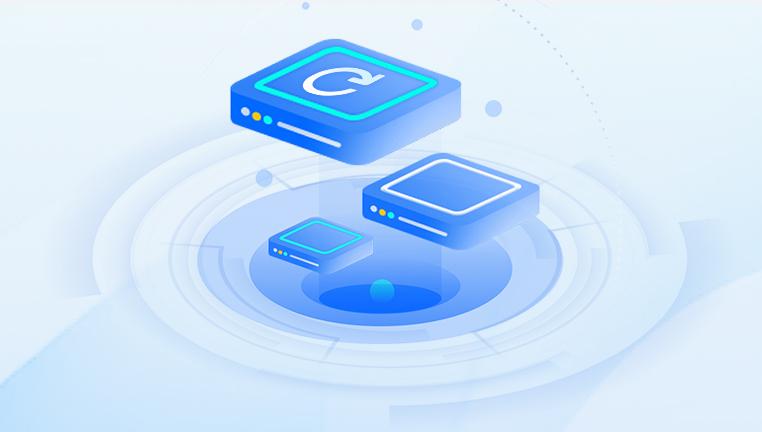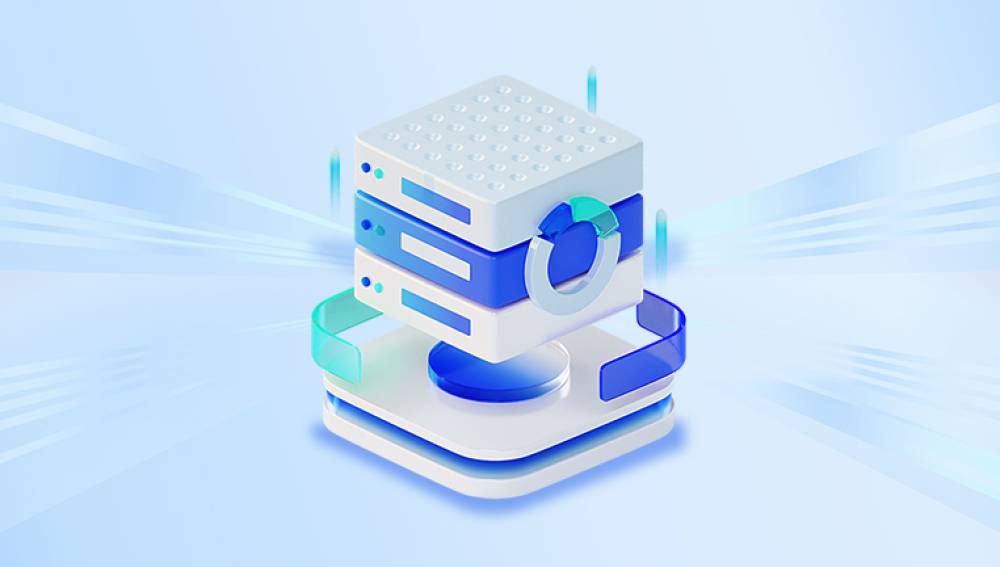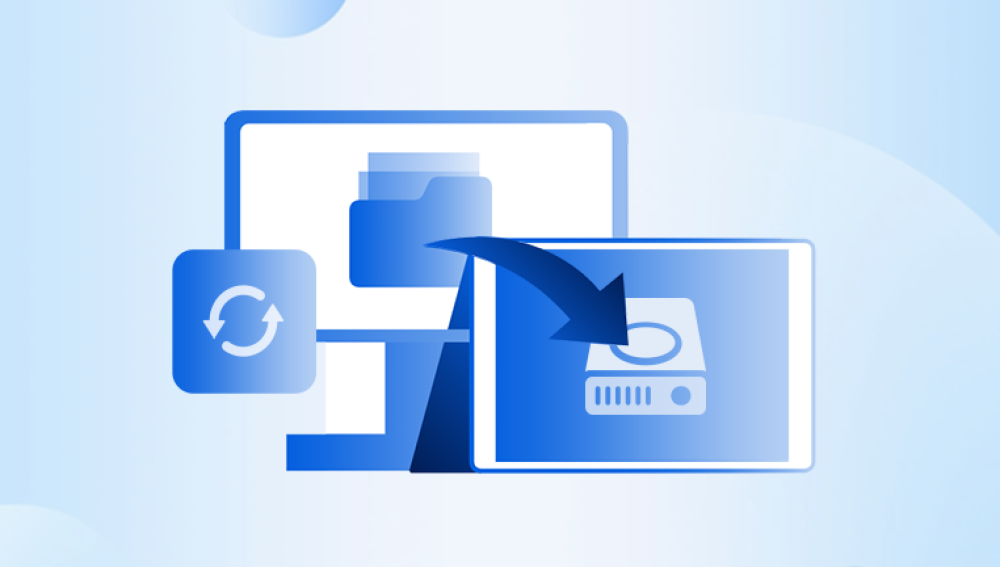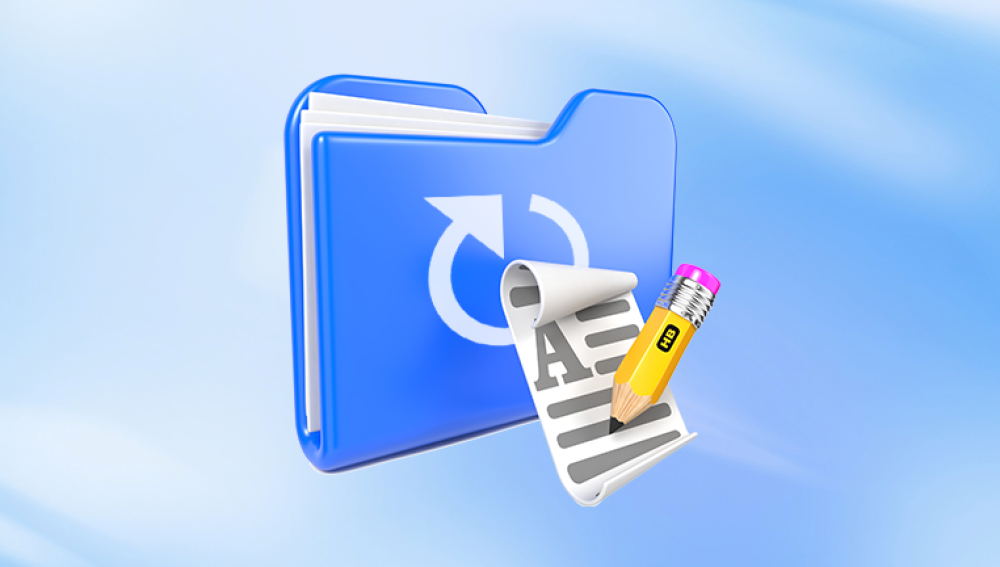Data loss can occur due to various reasons, such as accidental deletion, hardware failure, or software corruption. When this happens, the need for hard drive recovery arises. Understanding the costs involved in hard drive recovery is crucial for individuals and businesses alike.
1. Overview of Data Recovery
Data recovery refers to the process of retrieving lost, corrupted, or inaccessible data from storage devices like hard drives, SSDs, USB drives, and memory cards. Data loss can occur due to various reasons, including:
Accidental Deletion: Files are deleted by mistake.
Logical Failures: Corrupted file systems or malware attacks.
Physical Failures: Hardware malfunctions, such as a damaged read/write head or motor failure.
The recovery process can be simple or complex, depending on the nature of the data loss. Understanding the type of recovery required will influence the costs involved.

2. Types of Hard Drive Failures
Data loss can be categorized into two main types:
2.1. Logical Failures
Logical failures occur when the data is still intact on the hard drive, but the system cannot access it due to corruption or file system errors. Examples include:
Corrupted partitions
Virus attacks
Accidental file deletions
Cost Range for Logical Recovery: $100 to $1.000. depending on the complexity and service provider.
2.2. Physical Failures
Physical failures are more severe and occur when the hardware itself is damaged. Common issues include:
Mechanical failures (e.g., read/write head issues)
Electrical failures (e.g., power surges)
Physical damage (e.g., drops, water damage)
Cost Range for Physical Recovery: $300 to $3.500. influenced by the severity of the damage and the technology required to recover the data.
3. Factors Affecting Recovery Costs
Several factors influence the cost of hard drive recovery:
3.1. Type of Recovery Service
Professional Services: Hiring a professional data recovery service is usually more expensive but often yields higher success rates.
DIY Tools: There are software options available for individuals to attempt recovery themselves, typically costing between $30 and $150. However, this is only advisable for logical failures.
3.2. Type of Hard Drive
HDD vs. SSD: SSD recovery is generally more complex and expensive than HDD recovery due to the technology used. Expect to pay $300 to $1.500 for SSD recovery compared to $100 to $1.200 for HDD recovery.
3.3. Data Sensitivity and Urgency
If the data is critical and needs immediate attention, express services may be available at a premium. Emergency recovery services can cost 20-100% more than standard recovery rates.
3.4. Location and Market Rates
Costs can vary significantly based on geographic location. Major cities may have higher service rates than smaller towns due to demand and competition.
4. Typical Cost Ranges
Here’s a breakdown of typical recovery costs based on scenarios:
Simple Logical Recovery: $100 to $300
Complex Logical Recovery: $300 to $800
Physical Recovery for HDD: $500 to $1.500
Physical Recovery for SSD: $800 to $2.500
Emergency Recovery Services: $1.000 to $3.500
5. Service Providers
When considering recovery options, it's essential to evaluate different service providers:
Local Data Recovery Shops: Often provide personalized service and may have lower rates.
National Data Recovery Services: Generally have more experience and advanced equipment but can be pricier.
Manufacturer Recovery Services: Some manufacturers offer recovery services for their devices, usually at a premium.
6. Success Rates
Success rates in data recovery are influenced by the type of failure and the service provider's expertise. While many professional services boast success rates of 90% or higher for logical recoveries, physical recoveries may have lower rates depending on the damage.
7. DIY Recovery Tools
Panda Assistant is a cutting-edge data recovery software designed to help users effortlessly retrieve lost or deleted files from various storage devices. Whether you're dealing with an accidental deletion, a formatted drive, or a corrupted memory card, Panda Assistant provides a reliable and efficient solution for recovering your important data.
User-Friendly Interface: Panda Assistant boasts an intuitive interface that makes it accessible for users of all skill levels. With straightforward navigation and clear prompts, you can initiate the recovery process with just a few clicks.
Versatile Recovery Options: This software supports a wide range of storage devices, including external hard drives, USB drives, SD cards, and more. It effectively handles various file types, ensuring you can recover documents, photos, videos, and more.
Advanced Scanning Technology: Panda Assistant utilizes sophisticated scanning algorithms that allow it to search for lost files quickly and efficiently. The software offers both quick and deep scan options, catering to different recovery needs.
Preview Functionality: Before completing the recovery, users can preview the files that can be retrieved. This feature ensures you select only the files you need, saving both time and storage space.
Secure and Safe Recovery: Data privacy is a priority for Panda Assistant. The software ensures that your recovered files remain secure and are not overwritten during the recovery process.
8. Insurance and Warranty Considerations
Having data recovery insurance can significantly reduce out-of-pocket costs in the event of data loss. Additionally, some warranties may cover data recovery if the drive fails within the warranty period.
9. Case Studies
Case Study 1: Accidental Deletion
A small business accidentally deleted critical financial data from a hard drive. They opted for a professional recovery service, which cost $300 and successfully recovered all lost files.
Case Study 2: Physical Damage
An individual dropped their external hard drive, leading to mechanical failure. After consulting with various providers, they chose a national recovery service that charged $1.200 and managed to recover 95% of the data.




